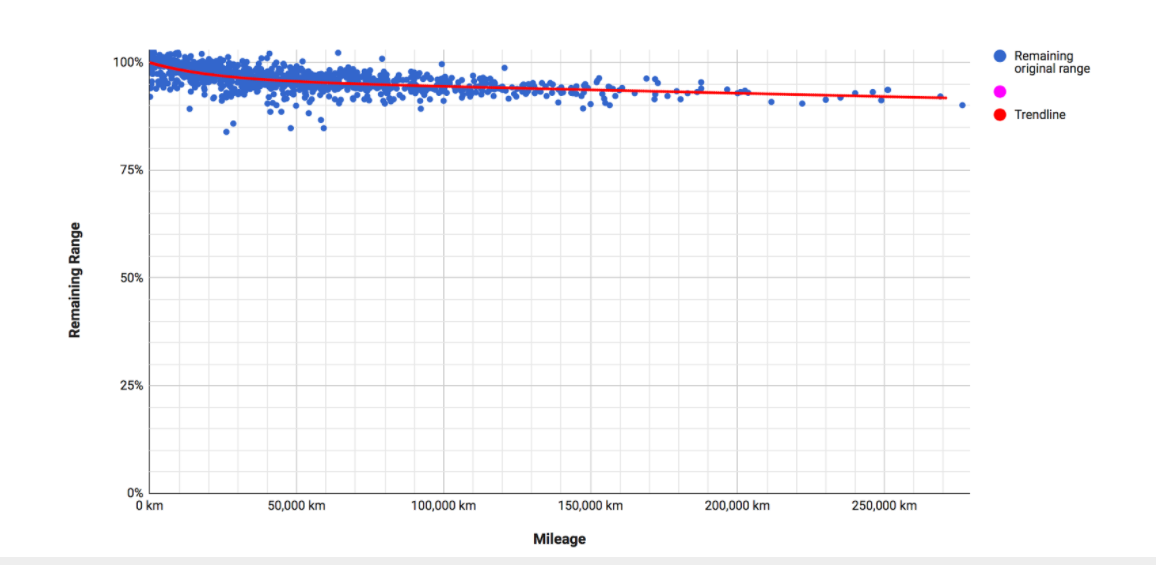In our previous blog, we pointed out that the majority of car manufacturers will be producing many more electric cars in the near future. This means the number of cars will increase, but prices will probably remain high the next few years. Or is there a chance for opportunities in the second-hand car market?
Electric vehicles (EVs) currently occupy an extremely small percentage of the second-hand market. And there is a very logical explanation for this. Although the number of electric vehicles entering the European market grows year on year, the number of EVs that are purchased remains relatively small. Last year, only about 100,000 were sold in Europe, primarily in countries with favourable tax concessions, such as Norway and the Netherlands. This means that only limited numbers of vehicles filter down to the second-hand market.
Second-hand EVs are therefore scarce and, according to the economic laws of supply and demand, they should also be relatively expensive, right? Well, actually, nothing could be further from the truth. This is because the value of an EV decreases much faster than that of a petrol- or diesel-powered car. The US-based NADAguides has seen the price of a 2015 Nissan LEAF with 50,000 km on the clock tumble from $29,000 to $10,000 on the second-hand market (a depreciation of 65%), whereas a Toyota Corolla of $17,000 with the same mileage has decreased by 29% on average to $12,000. And CAP Automotive in the UK also calculated that the average residual value of a three-year-old electric car in 2016 was 20.5%, which is much less than the usual 40 to 50% received for cars with a conventional engine.
The cost of batteries
The main reason why electric cars decrease in value so quickly is the battery. The maximum charging capacity of such a battery reduces during its lifespan. The speed with which this happens depends on the way in which the vehicle is used. Continuously plugging in your car and fully recharging it has a negative effect, whereas driving it until the battery is almost empty and then charging it to 80% doesn’t affect it as much. The following table shows that after 200,000 kilometres the maximum charging capacity of a Tesla Model S decreases by roughly 10%.

This limited lifespan is what is holding back potential buyers, especially when they know that the life expectancy of batteries that have experienced intensive use is usually eight years.
The sooner, the better
That said, adding electric cars to your range might not be such a bad idea. The number of EVs available on OPENLANE has been growing steadily. Every day there are about 100 of these vehicles on auction. So which ones would be best to add to your inventory? In the knowledge that the average European travels 40 to 80 kilometres a day, EVs with an NEDC range of 200 km or more are perfect for daily use, especially when you can offer them at current competitive prices. Nevertheless, you will have to be quick about it, because the residual value of EVs is expected to rise in the future.
There are increasingly fewer obstacles holding consumers back from purchasing an electric car. Work is being carried out, for example, to develop a suitable charging infrastructure and produce a range of vehicles tailored to the needs of the consumer (such as SUVs). Bigger batteries are also helping to reduce driver anxiety about the range of these vehicles. Together with the tax concessions adopted by many countries for EVs, this could make both the demand and second-hand prices go up. As a professional, it is now up to you to set about building an inventory of vehicles to ensure you meet that future demand.